In North America, the red eye color is not limited to fictional creatures or mystical beings – it can be found right here in the bird population. Across the continent, several species of birds boast red eyes, creating a captivating and vibrant display in our very own backyards and natural habitats. From the Spotted Towhee to the American Coot, the Eastern Towhee to the Killdeer, these common avian residents showcase a stunning red gaze that sets them apart. While adult males typically sport this unique eye color, young birds and females may opt for a more subtle brown hue. Whether you’re an avid bird-watcher or simply enjoy the beauty of nature, the presence of red-eyed birds is sure to capture your attention in a variety of environments.
Red-eyed birds in North America
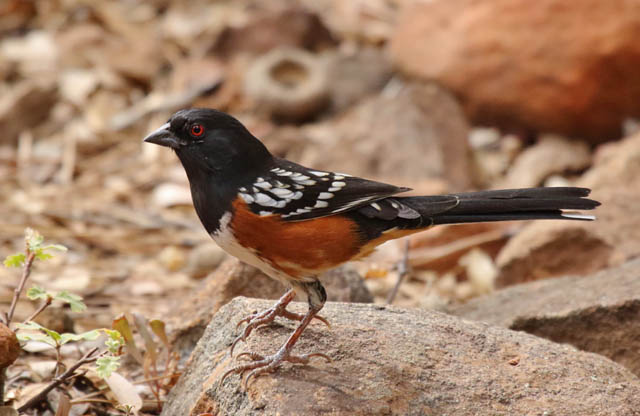
Overview of red-eyed birds in North America
Red eye color is common among birds, and there are several species in North America that have this striking feature. These birds can be found in a variety of habitats, from woodlands and marshes to grasslands and wetlands. The red eyes of these birds make them distinctive and easily recognizable. Understanding the characteristics, distribution, behavior, and conservation status of these birds is essential for bird enthusiasts and researchers alike.
Common bird species with red eyes
Several bird species in North America possess red eyes. These include the Spotted Towhee, Eastern Towhee, American Coot, Killdeer, Red-eyed Vireo, Wood Duck, Cooper’s Hawk, Cinnamon Teal, White-winged Dove, Black-crowned Night-Heron, Canvasback, Phainopepla, and Horned Grebe. Each of these species has its own unique qualities and can be found in different regions across the continent.
Eye color variations in red-eyed birds
Red-eyed birds exhibit variations in eye color, depending on their age and gender. Adult males usually have vibrant red eyes, while young birds and females may have brown eyes. These differences in eye color can be valuable information for identifying and studying these bird species.
Distribution and habitats
Red-eyed birds have a wide geographical range across North America. They can be found in various regions, including the United States, Canada, and Mexico. These birds inhabit diverse habitats such as forests, grasslands, wetlands, and coastal areas. Some species are migratory and travel long distances during specific times of the year, while others are residents and remain in their habitats year-round.
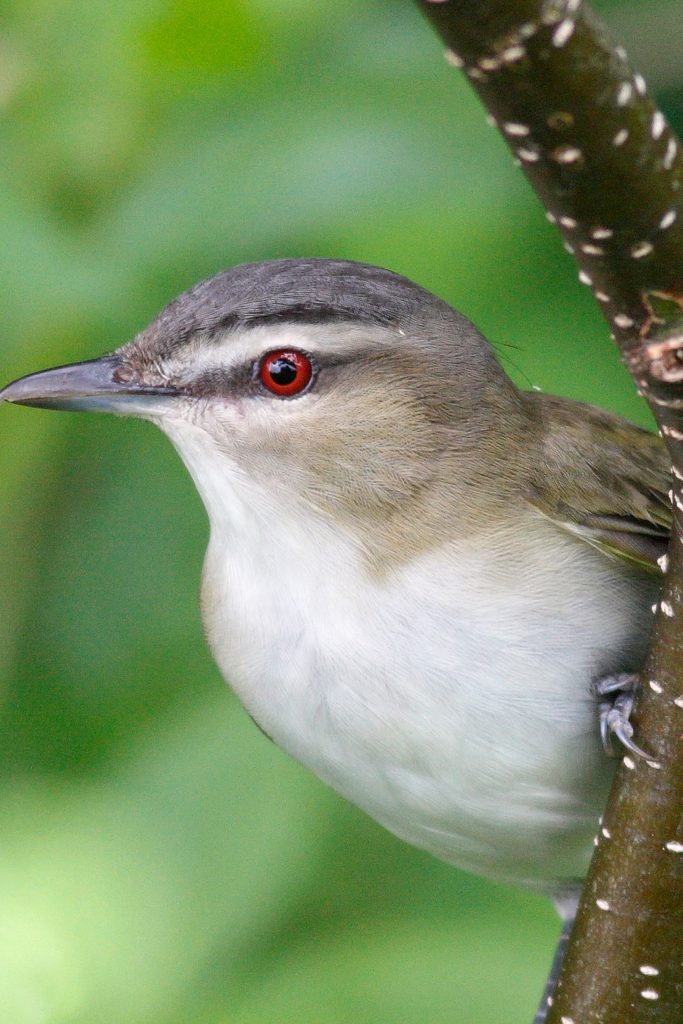
Behavior and migration patterns
Red-eyed birds display fascinating behavior patterns both within their own species and when interacting with other birds. They have unique courtship displays and mating behaviors that allow them to attract mates during the breeding season. Some species form social groups, while others are solitary in nature. Migration is also a significant aspect of the lives of many red-eyed birds, as they undertake long journeys to reach their breeding and wintering grounds.
Breeding and nesting habits
Breeding among red-eyed birds typically occurs during specific seasons. The exact timing varies between species. These birds have preferences for nest construction and select suitable nesting sites within their habitats. Incubation and parental care are essential for the survival of their offspring, and both male and female birds participate in these responsibilities.
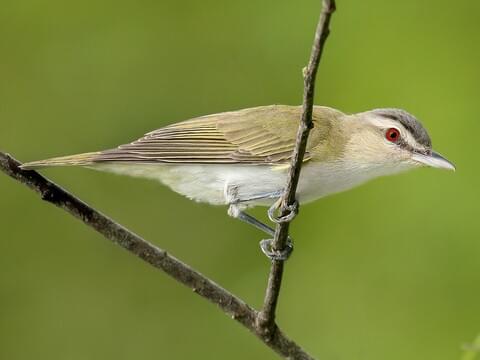
Diet and feeding behavior
Red-eyed birds have diverse diets depending on their species and habitat. They consume a variety of food sources, including insects, seeds, fruits, and small vertebrates. Foraging techniques and feeding strategies vary between species, with some birds relying on ground foraging and others utilizing aerial hunting methods. Competition for food resources can occur among different red-eyed bird species in shared habitats.
Natural predators of red-eyed birds
Predators pose threats to red-eyed birds and their survival. Predation can come from various sources, including larger birds of prey, snakes, and mammals. Red-eyed birds employ several strategies to evade predation, such as quick flight and camouflage. Predation can have significant impacts on red-eyed bird populations, influencing their distribution and abundance.
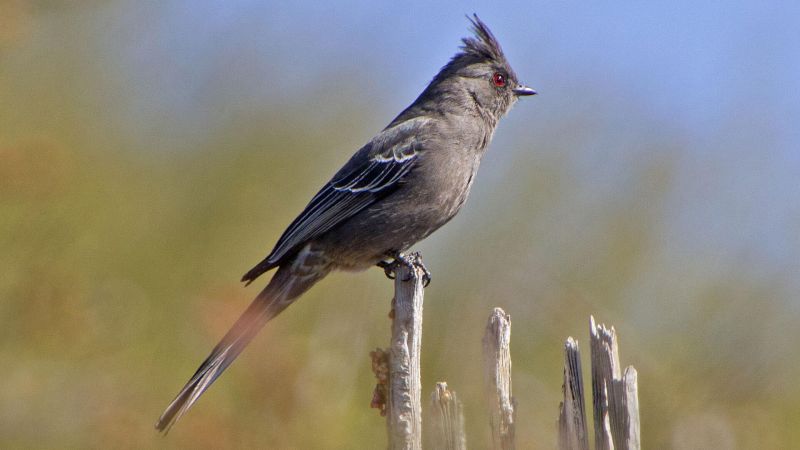
Conservation status and threats
Understanding the conservation status and threats faced by red-eyed birds is crucial for their protection. Different species have varying levels of conservation concern, with some considered to be of least concern, while others are classified as threatened or endangered. Habitat loss, climate change, pollution, and predation are among the primary threats affecting these birds. Conservation efforts, including habitat preservation and management, are essential for ensuring the long-term survival of red-eyed bird species.
Observing red-eyed birds in backyard and natural environments
Observing red-eyed birds in both backyard and natural environments can be an enjoyable and rewarding experience for bird enthusiasts. Simple strategies like providing suitable food and water sources, creating natural habitat elements, and minimizing disturbances in the backyard can attract these birds. Understanding their behavior and identifying them through visual and auditory cues enhances the birdwatching experience. Additionally, participating in citizen science projects involving red-eyed bird observations can contribute to scientific research and conservation efforts.
In conclusion, red-eyed birds in North America are a diverse and fascinating group of species. Their striking eye color, behaviors, habitats, and conservation status make them an important aspect of the avian population. By understanding their characteristics and taking steps to conserve their habitats, we can ensure that these beautiful birds continue to thrive in our landscapes for generations to come.
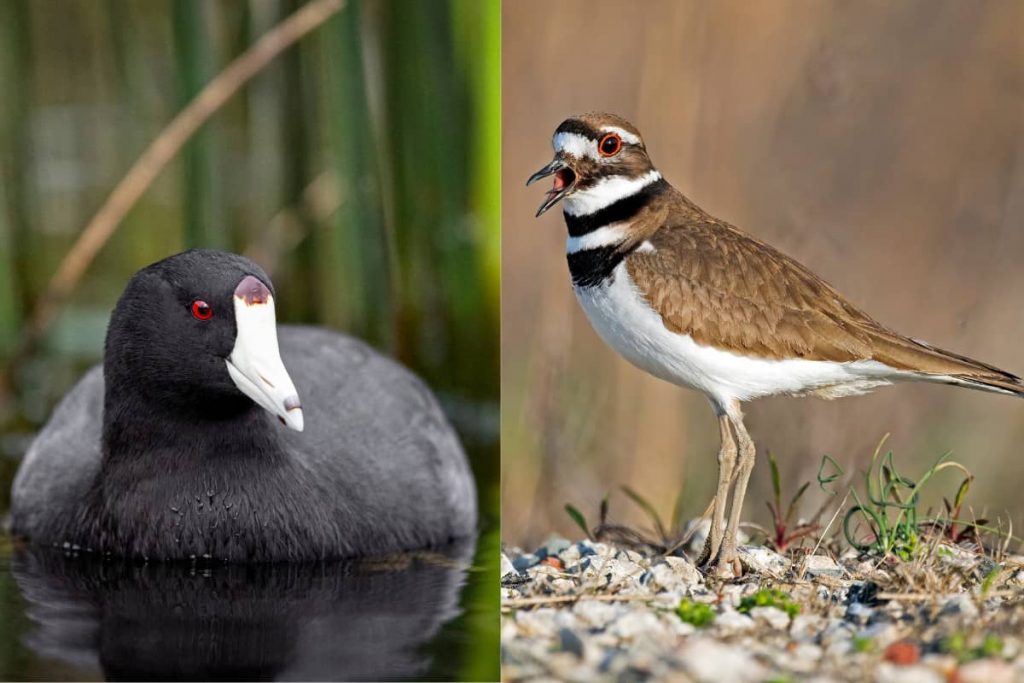
Leave a Reply